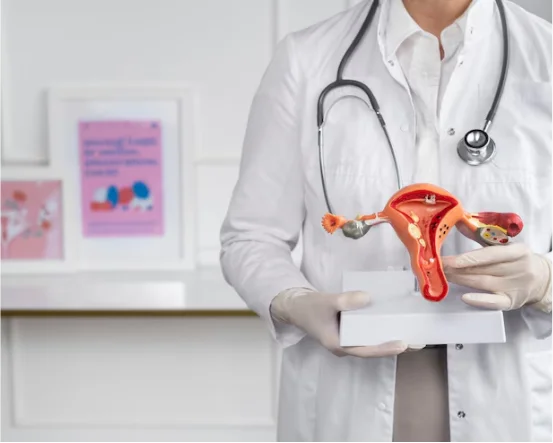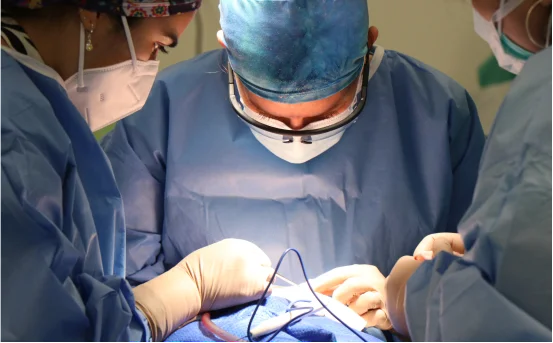Mouth disease can range from minor infections and irritations to serious conditions like oral cancer. Early and accurate diagnosis plays a vital role in ensuring timely treatment and preventing complications.
Diagnosing mouth diseases early is crucial not only for effective treatment but also for preventing further complications. Infections can spread, untreated gum disease can lead to tooth loss, and malignancies may advance without showing alarming symptoms in the early stages. This is why dental professionals emphasize the importance of routine oral checkups, patient awareness, and timely diagnostic testing.
What is Mouth Disease?
Mouth diseases refer to a wide array of conditions that affect the oral cavity. These include gum diseases like gingivitis and periodontitis, oral infections such as thrush, lesions like canker sores, autoimmune conditions, and even malignant growths like oral cancer. Because the symptoms of different diseases often overlap, a thorough diagnosis is crucial.
Some common mouth diseases include :-
-
Gingivitis :- Inflammation of the gums, usually due to plaque buildup.
-
Periodontitis :- A more severe form of gum disease affecting the bone structure.
-
Oral thrush :- A fungal infection caused by Candida albicans.
-
Leukoplakia :- White patches that may be precancerous.
-
Oral lichen planus :- An autoimmune condition presenting with white, lacy patches or painful sores.
-
Mouth ulcers :- Painful lesions often triggered by stress, certain foods, or trauma.
-
Oral cancer :- A potentially fatal condition that can affect any part of the oral cavity.
Why Timely Diagnosis Matters
Early diagnosis of mouth diseases is essential for several reasons. First, many oral diseases are progressive in nature. What begins as mild discomfort can quickly evolve into severe pain, tooth loss, or systemic infections if not addressed promptly. Second, symptoms like persistent mouth sores or unexplained bleeding could be signs of more serious conditions like oral cancer, which has better outcomes when caught early. Finally, some mouth conditions are linked to systemic diseases like diabetes or immune deficiencies. Diagnosing a mouth disease can sometimes uncover a broader health issue.
Common Symptoms That Shouldn’t Be Ignored
Recognizing symptoms early can make a major difference in outcomes. Some warning signs of mouth disease include :-
-
Persistent bad breath
-
Swollen, red, or bleeding gums
-
Painful sores or ulcers that don’t heal
-
White or red patches in the mouth
-
Loose teeth without injury
-
Difficulty chewing or swallowing
-
Numbness in the tongue or other parts of the mouth
-
Unexplained bleeding or pain
If any of these symptoms last more than a week, it is essential to consult a dentist or oral health specialist.
How Dentists Performs Diagnosis of Mouth Disease
Diagnosis of mouth diseases involves a combination of physical examination, patient history, and diagnostic tests. Here’s how it typically unfolds :-
- Clinical Examination :- The first step is a visual and physical examination of the mouth. Dentists look for abnormalities such as swelling, ulcers, discoloration, or lesions. They may also palpate the jaw, cheeks, and neck to detect any lumps or swollen lymph nodes.
- Patient Medical History :- Understanding the patient’s medical history is crucial. Chronic illnesses like diabetes, HIV/AIDS, or autoimmune diseases can influence oral health. Dentists will also ask about habits such as tobacco or alcohol use, which are major risk factors for oral cancer.
- Dental X-rays :- In many cases, X-rays are used to examine the bones and structures below the gumline. This helps in diagnosing periodontitis, jaw bone issues, and hidden infections that aren’t visible during a physical exam.
- Oral Swab and Biopsy :- If an infection is suspected, an oral swab may be collected and sent to a lab for microbial testing. For unusual growths or persistent sores, a biopsy may be necessary to rule out cancer or identify autoimmune conditions.
- Blood Tests :- Sometimes, blood tests are ordered to detect systemic conditions linked to oral symptoms. These can include tests for diabetes, vitamin deficiencies, or immune disorders.
Specialized Diagnostic Tools and Techniques
Modern dentistry uses several advanced tools for accurate diagnosis :-
-
Intraoral Cameras :- These provide a magnified view of the mouth, helping in the detection of tiny lesions.
-
ViziLite or VELscope :- These are special light-based devices that highlight abnormal tissues, particularly useful in early detection of oral cancer.
-
Salivary Diagnostics :- Analysis of saliva can detect markers of disease, including certain cancers and viral infections.
-
CT Scans or MRIs :- These are used for in-depth imaging when the disease has spread to deeper tissues or if tumors are suspected.
Differential Diagnosis: Ruling Out Other Conditions
One of the more complex aspects of diagnosing mouth diseases is differentiating between similar looking conditions. For example, white patches in the mouth could be oral thrush, leukoplakia, or lichen planus each requiring a different treatment approach. This is why tests like biopsies, microbial cultures, and histological exams are often necessary.
Role of Specialists in Diagnosis
While general dentists are usually the first point of contact, they may refer patients to specialists for complex conditions :-
-
Periodontists for advanced gum disease
-
Oral pathologists for biopsies and microscopic diagnosis
-
Oral and maxillofacial surgeons for surgical evaluation
-
ENT specialists if the condition involves throat or nasal structures
-
Oncologists for cases involving oral cancer
Multidisciplinary collaboration ensures a more accurate diagnosis and comprehensive care plan.
Prevention Through Early Detection
One of the best ways to combat mouth disease is through routine dental checkups. Regular screenings can detect problems before symptoms appear. Dentists can also provide personalized advice on oral hygiene, diet, and lifestyle changes that lower the risk of mouth disease.
Public health initiatives and awareness campaigns are also critical. Educating people about symptoms and encouraging them to seek early care can significantly reduce the burden of oral diseases, especially in underserved populations.
Conclusion
The diagnosis of mouth diseases is a nuanced process that requires keen observation, modern diagnostic tools, and a holistic view of the patient’s overall health. Whether it’s a simple ulcer or a serious condition like oral cancer, early diagnosis can mean the difference between a manageable issue and a life threatening disease.























